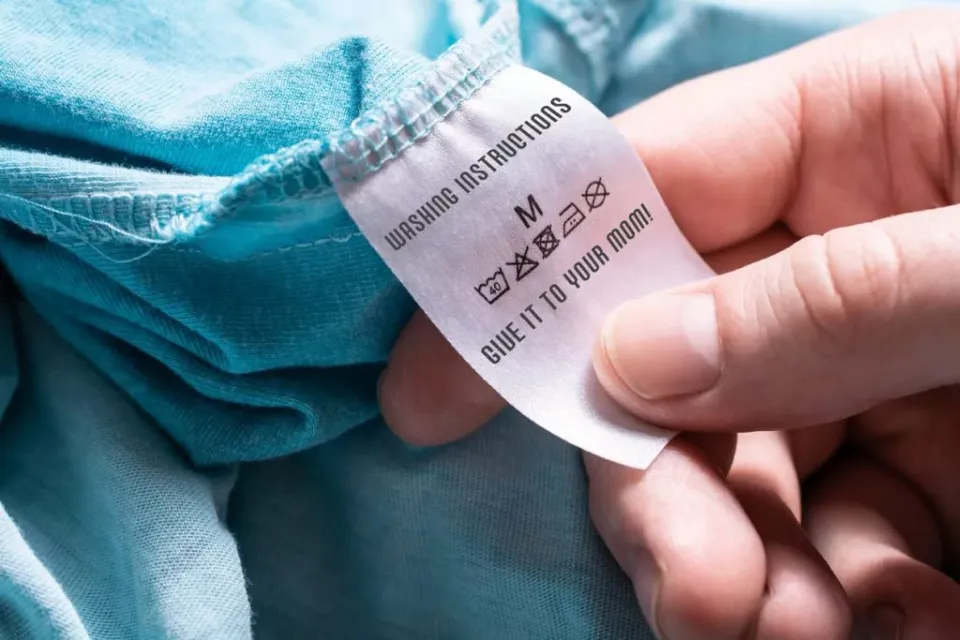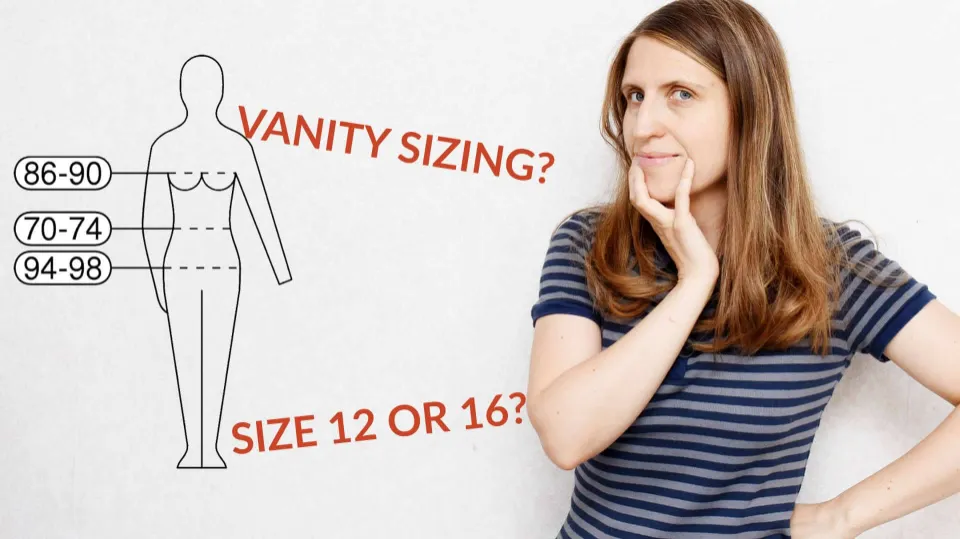The dimensions of clothing sizes have notably increased over the past few decades. Many people attribute this trend to something they call vanity sizing, but what is vanity sizing exactly?
Vanity sizing is defined as the practice of labeling clothing with a size smaller than the actual cut of the items. In other words, you might be a size 36 or larger than your actual size 34. The goal of this is to improve the customer’s self-esteem and encourage them to purchase more clothing.
Continue reading to find out more about vanity sizing!
What is Vanity Sizing for Clothing?
Vanity sizing is generally defined as the practice of labeling clothing with sizes smaller than the item’s measurements and industry standards would indicate.
In other words, if a size 8 in many brands fits a woman with a 28-inch waist, a size 4 or 6 that fits that same woman is often considered “vanity sized.” The woman has the same body, with the same measurements, but in some brands she wears a “smaller” size.

And we may be more likely to buy clothing if we feel good about it. Is it any surprise, then, that clothing manufacturers engage in this behavior?
Related Post:
- Does Shein Run Small?
- Does Forever 21 Run Small?
- Does Fashion Nova Run Small?
- Does Urban Outfitters Run Small?
- Are Nike Blazers True To Size?
What is Size Inflation?
On the other hand, a lot of producers assert that sizes have simply gotten bigger to keep up with people’s expanding sizes. According to a recent Slate article, the average size 8 woman’s waist has increased from 23.5 inches to 29 inches over the past five decades.
Why did people start getting bigger? Despite the abundance of theories, the actual cause is largely unknown. Whatever the motivations, clothing producers claim they are enlarging clothing to reflect this trend.
As a result, if a size 8 had a 24 inch waist in the 1950s, it would need to be 29 to 30 inches in order to remain the average size today.
What Does This Mean to My Size?

First, the best way to find what size you wear in a particular brand is to know your measurements and to compare them to the company’s size charts. You can view many size charts in one place and discover the brands that fit you best by using a website like SizeCharter.
The second reason why this trend may not be all bad is because there will be more options for people of all different shapes and sizes if it increases the variety of clothing fit and sizing options. You should be careful to choose clothing that you like the way it fits and looks rather than just buying it for the psychological boost of a low label number.
Last but not least, if you enjoy wearing vintage clothing, remember that you will probably need to go up a few sizes from your current size to ensure a good fit.
Read More: How to Determine What Size Belt to Buy?
What Impact Can Such Differences in Sizing Have?
Women are now taller and curvier than their predecessors from previous generations as a result of changes in average sizes over time. In the UK, a woman today wears a dress size 16, whereas a woman did in the 1950s.
Even though they are aware that they have not changed physically or in shape, many people find it extremely upsetting to be unable to fit into clothing that is clearly marked with their size.
Ignore the size labels; if the high street sizing guide wasn’t confusing enough in different stores, we now have a practice called vanity sizing, in which some shops reduce the size labels while maintaining the same measurements, giving the impression that you are a smaller size.
Final Thoughts: What is Vanity Sizing
It’s easy to get duped into buying something that “doesn’t fit” online because you think it’s your fault for not having the right size, but actually the clothes are just smaller than what they say!
While it can be hard to quantify due to sizing variances among different manufacturers, there is nearly universal consensus that a size 8 today is larger than a size 8 of four decades ago, no matter the brand.
Additionally, in order to accommodate their smallest customers, brands have been adding smaller sizes like 0 and 00 to balance the larger clothing.
FAQs about Vanity Sizing
What is the Purpose of Vanity Sizing?
Because it gives us more confidence, studies have shown that consumers prefer to purchase clothing with small size labels.
Why is Vanity Sizing Bad?
You might feel out of touch with your body if the sizing is inconsistent.
What is An Example of Vanity Sizing?
A garment marked as a size 12, for example, would now fit like a size 10 (in other words, vanity sizing).




